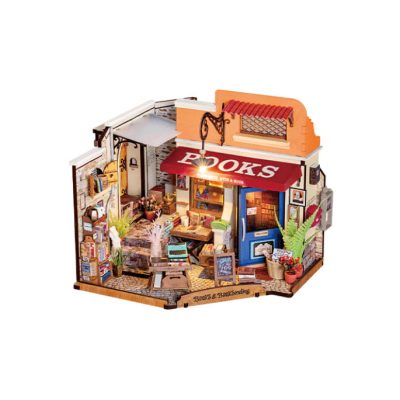With a minimumamount of €20.
Valid only from 2 items
With a minimumamount of €35.
Valid only from 2 items
With a minimumamount of €50.
Valid only from 2 items
With a minimumamount of €65.
Valid only from 2 items

Frequently asked questions (FAQ)
Yoyo’s
Jojo is a common spelling in the Netherlands for yoyo. In other countries, the term yoyo is more common.
There are many different yoyos on the market and which one you like best depends on your personal taste and skill level. Some beloved, high-quality brands that excel in performance are YoYoFactory, Duncan, CLYW (Caribou Lodge YoYos), C3yoyodesign and YoyoRecreation.
Everyone remembers this classic yoyo from back in the day. The responsive yoyo is incredibly user-friendly and easily returns to your hand with a simple tug. But did you know that unresponsive yoyos also exist? Curious about this variation? Then be sure to take a look at our blog for more information!
This fascinating toy consists of two round discs seamlessly connected by a cleverly designed shaft. This allows you to effortlessly dance the yo-yo up and down using the included rope. From the moment you throw the yo-yo down and gracefully raise it back up, the adventure of endless entertainment begins. The yo-yo has undergone many transformations over the years. Modern variants are made with high-quality materials such as durable plastic and sturdy metal, making them superbly resistant to even the most intense tricks and acrobatic movements. In addition, yoyos are available in an incredible range of colors, patterns and designs, so you can always find the perfect yoyo that reflects your personal style. Have you become curious about the yo-yo and would like to know more about it? Then check out our blog!
Discover the fascinating history of the beloved toy that most likely originated in China and then spread to all corners of the world. It is almost certain that playing with yo-yos was practiced in ancient Greece as early as 1000 BC. At the time, the discs were made of materials such as stone, wood and terracotta. In the 18th century, this charming toy was even embraced by French nobility. Inspired by the French verb “jouer,” which means “to play,” they called it “joujou.” At the time, it was seen as a trendy accessory reserved only for the elite. Interestingly, an article about the yo-yo appeared in a scientific journal in the Philippines in 1916, where it was known as “yo-yo.” Some speculate that “yo-yo” in Tagalog, the language spoken in the Philippines, actually means something like “come-come.”
Especially For You





